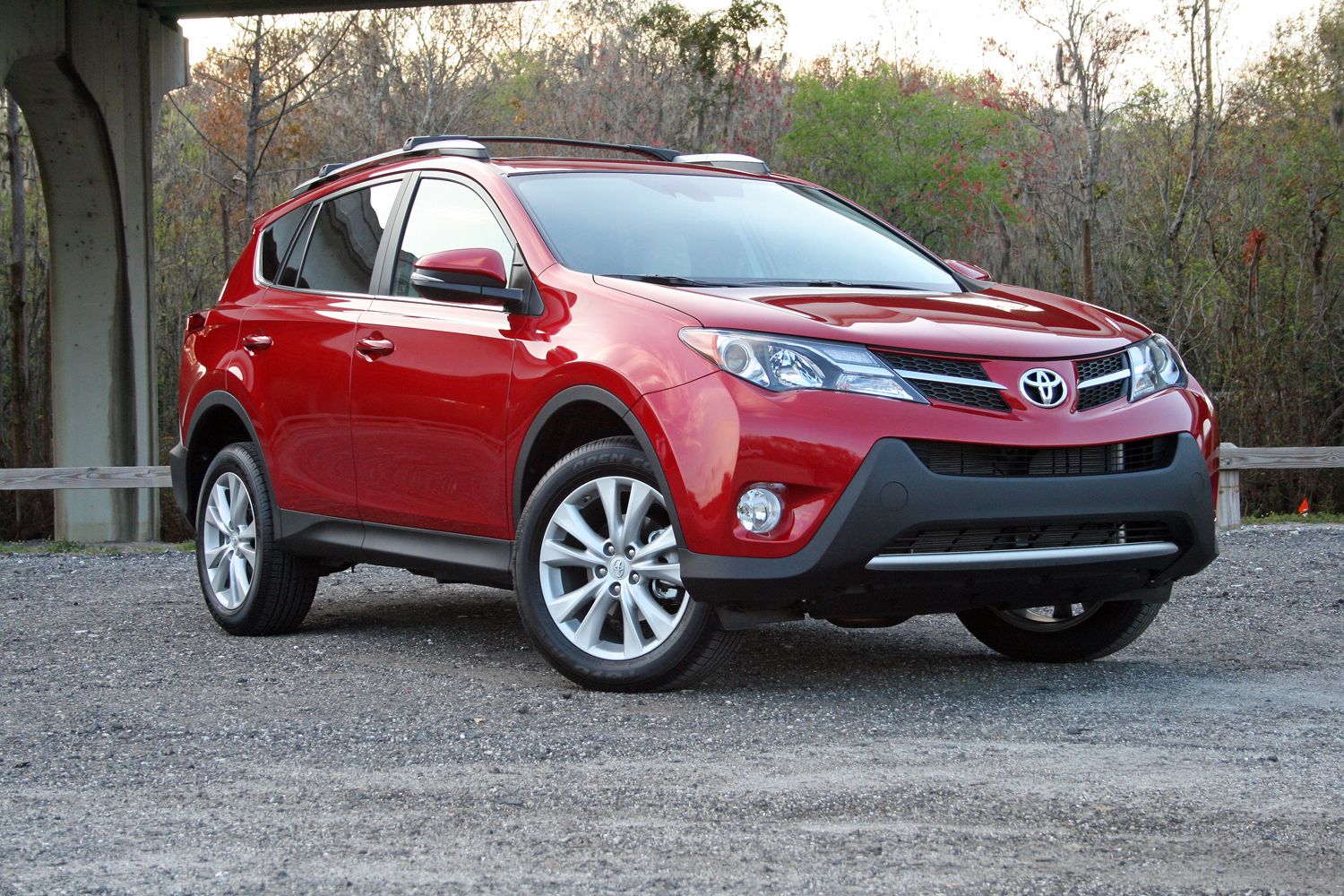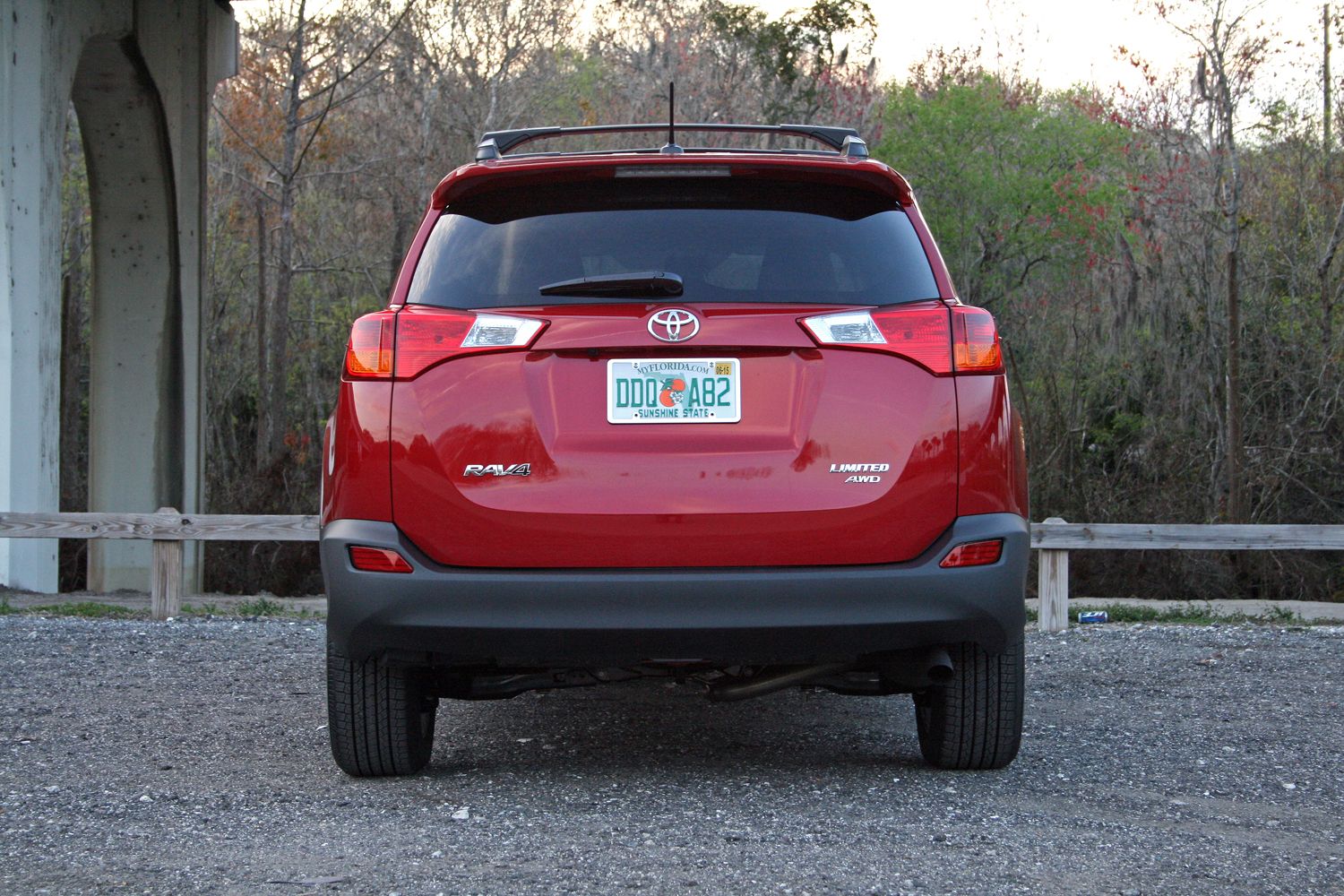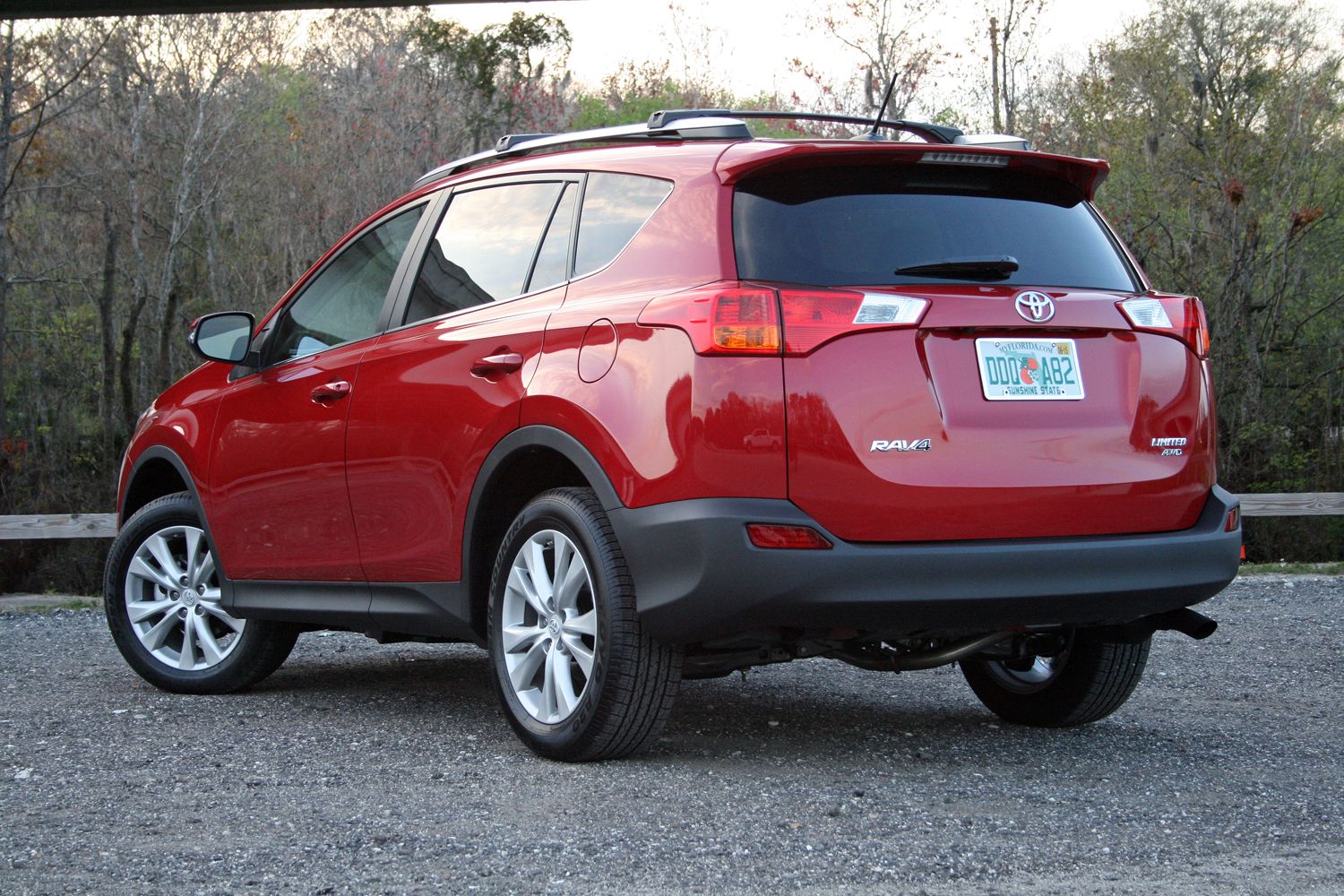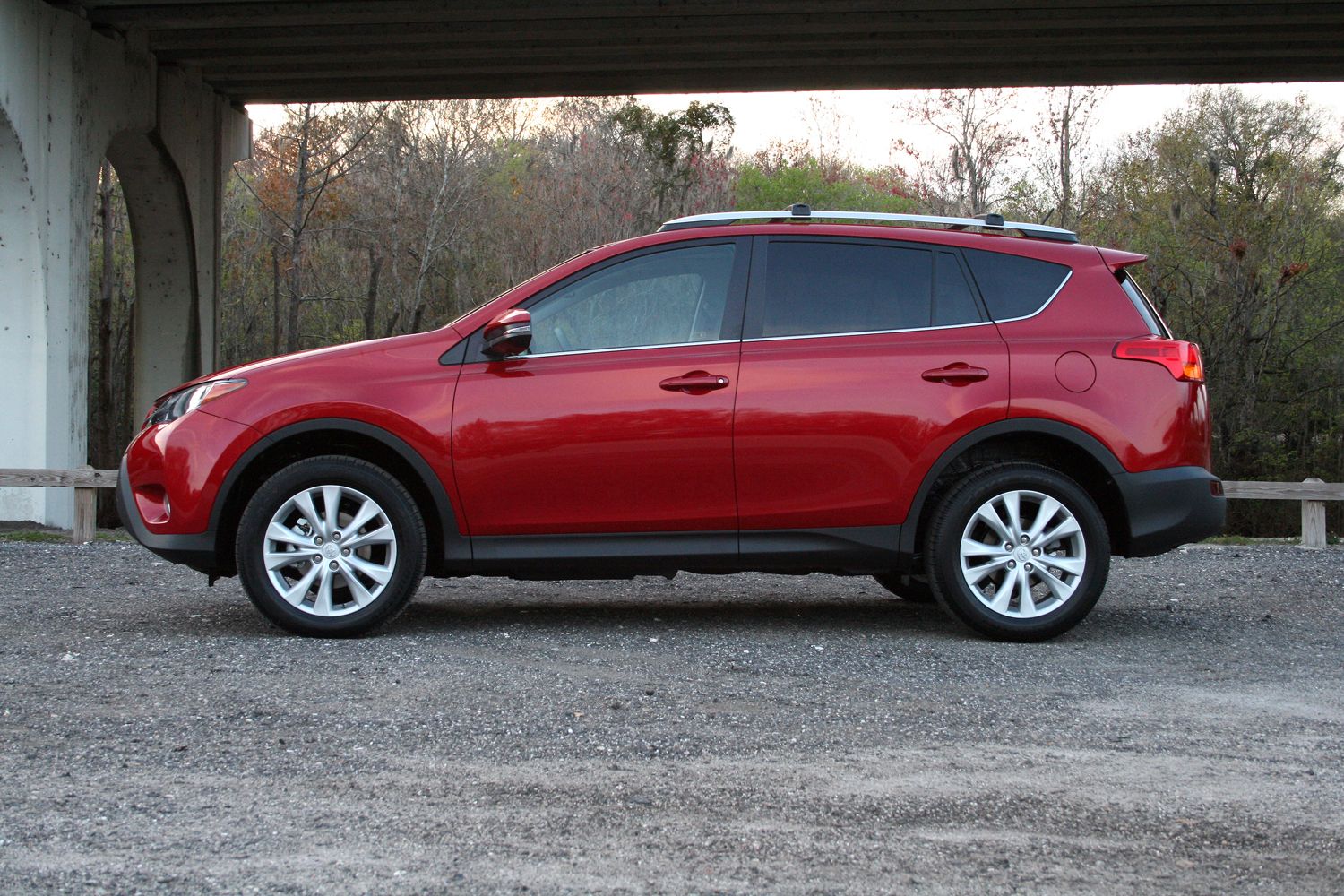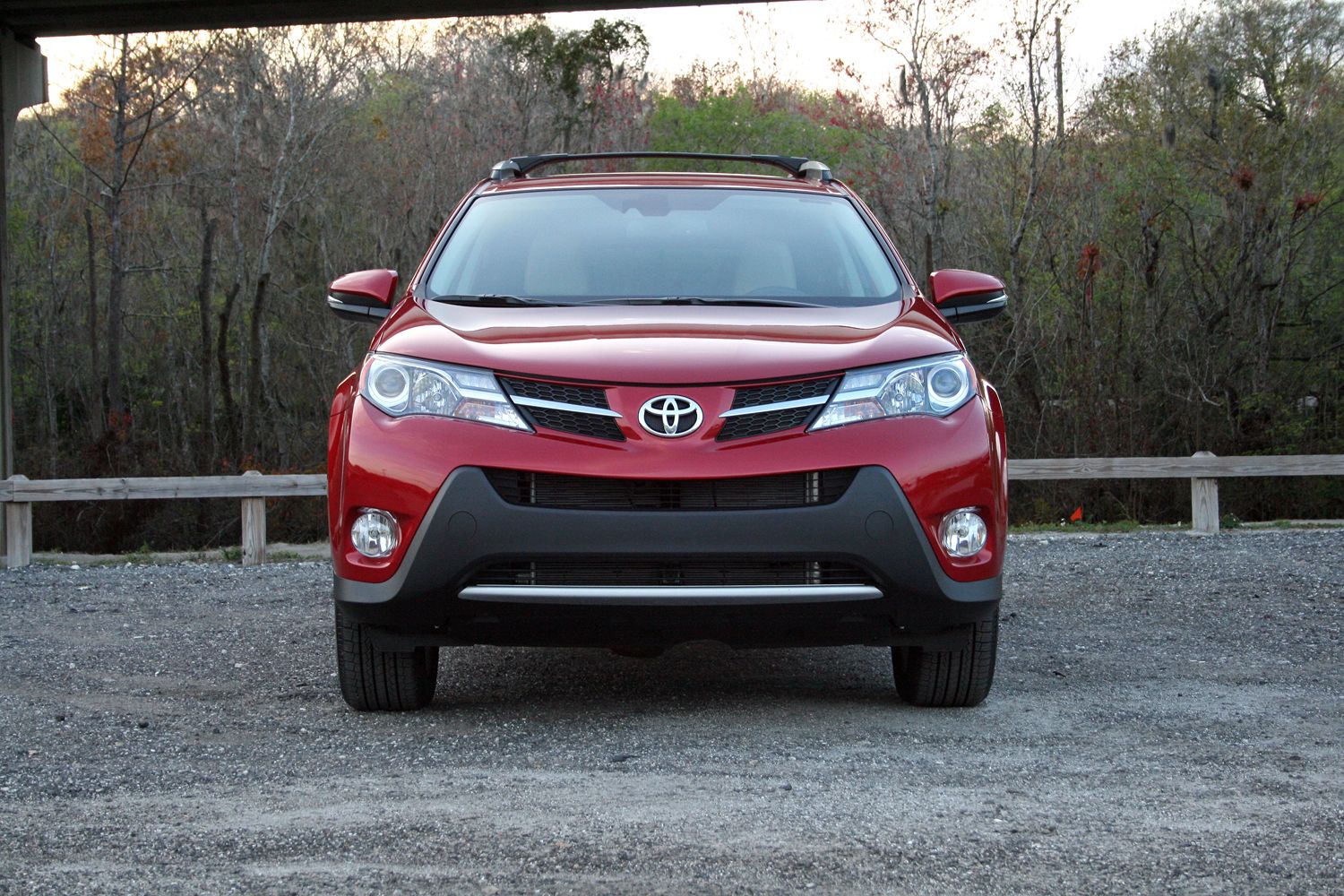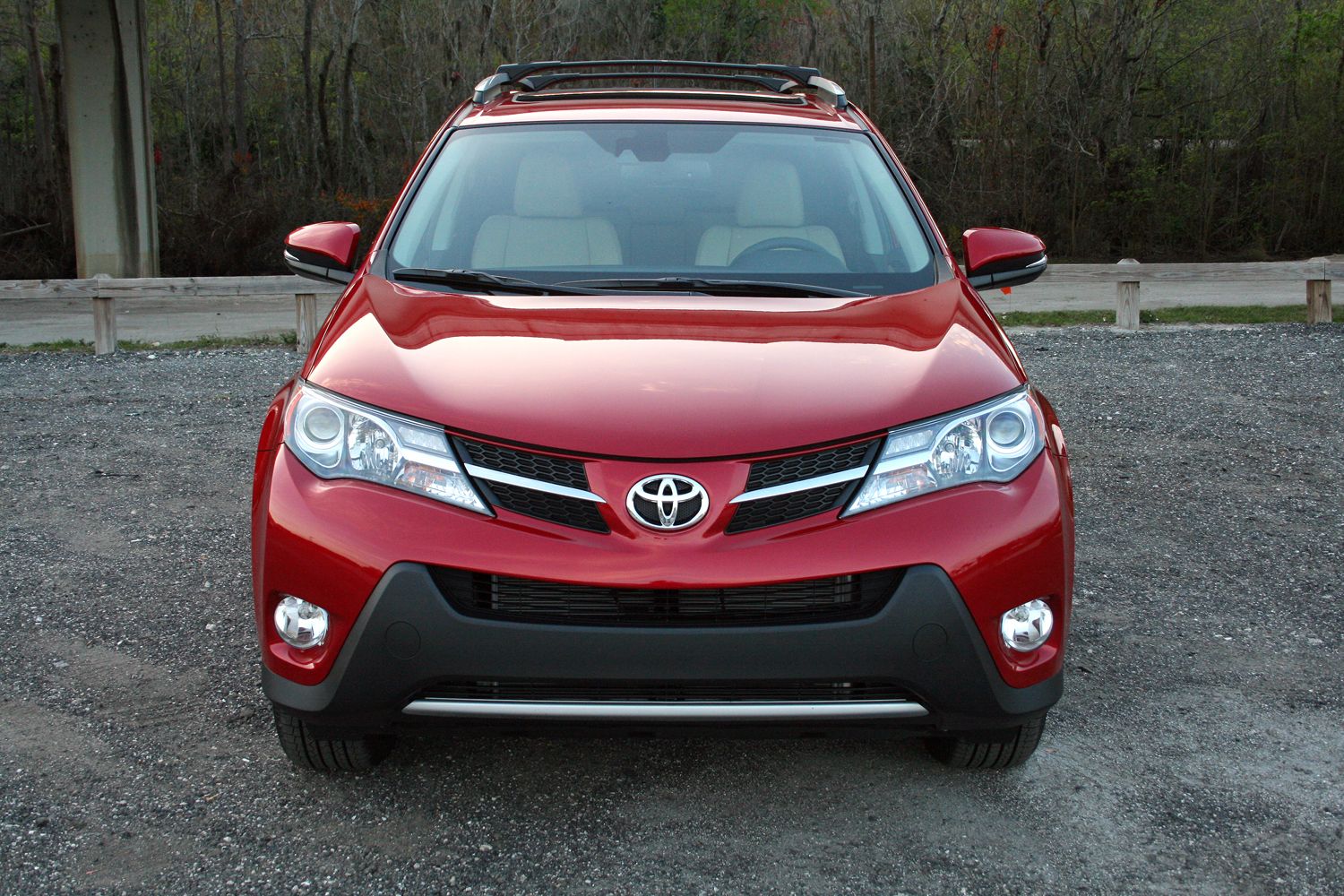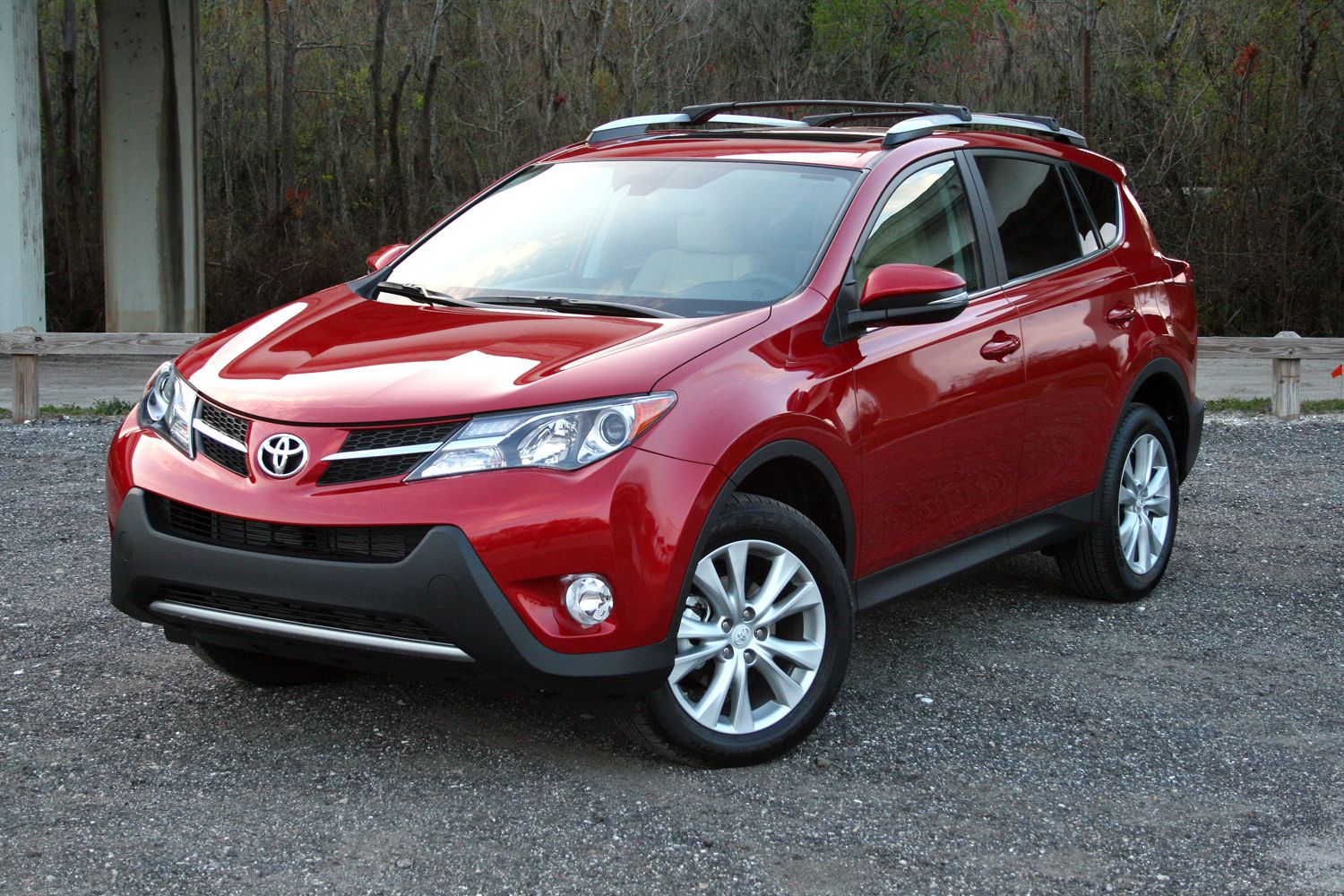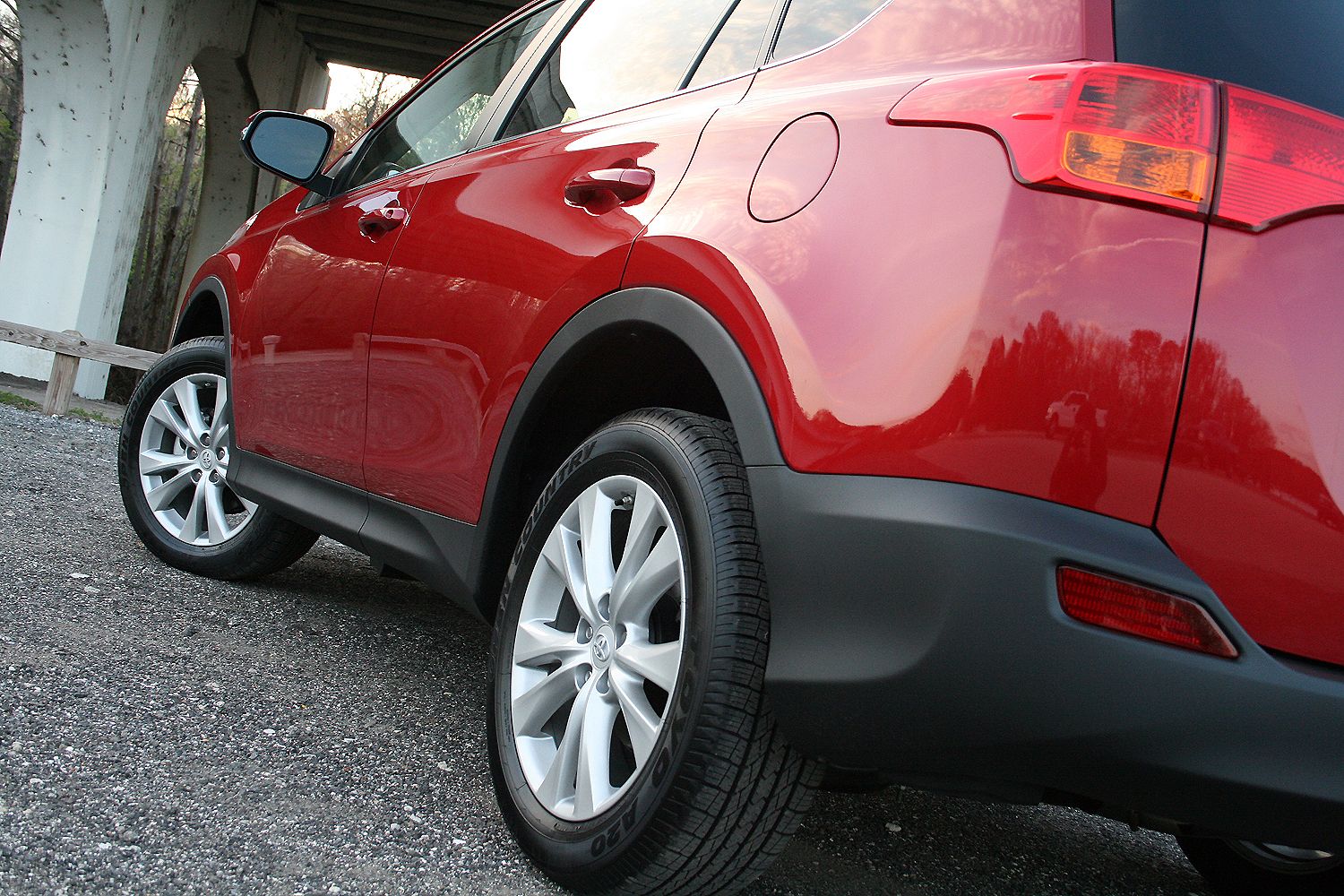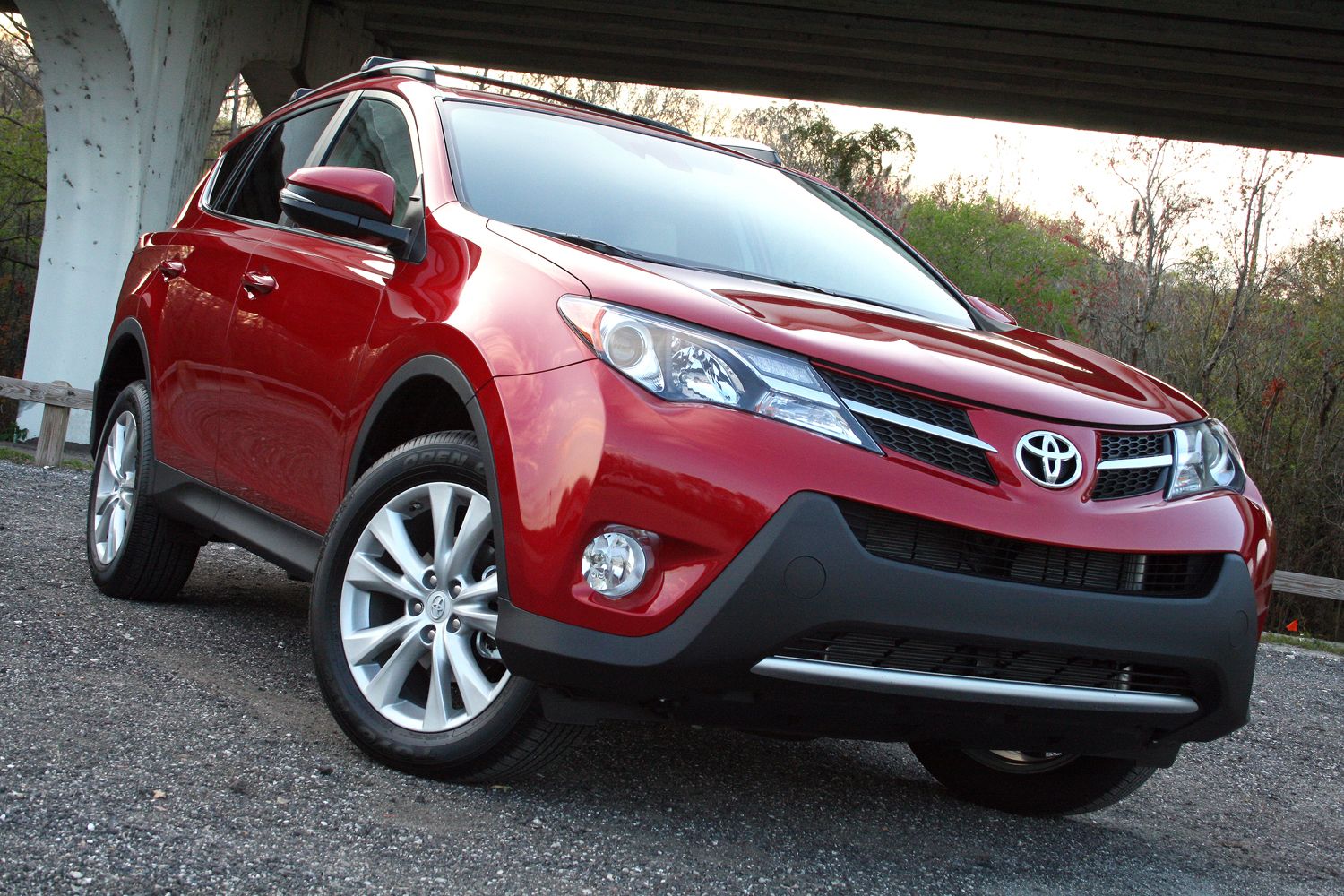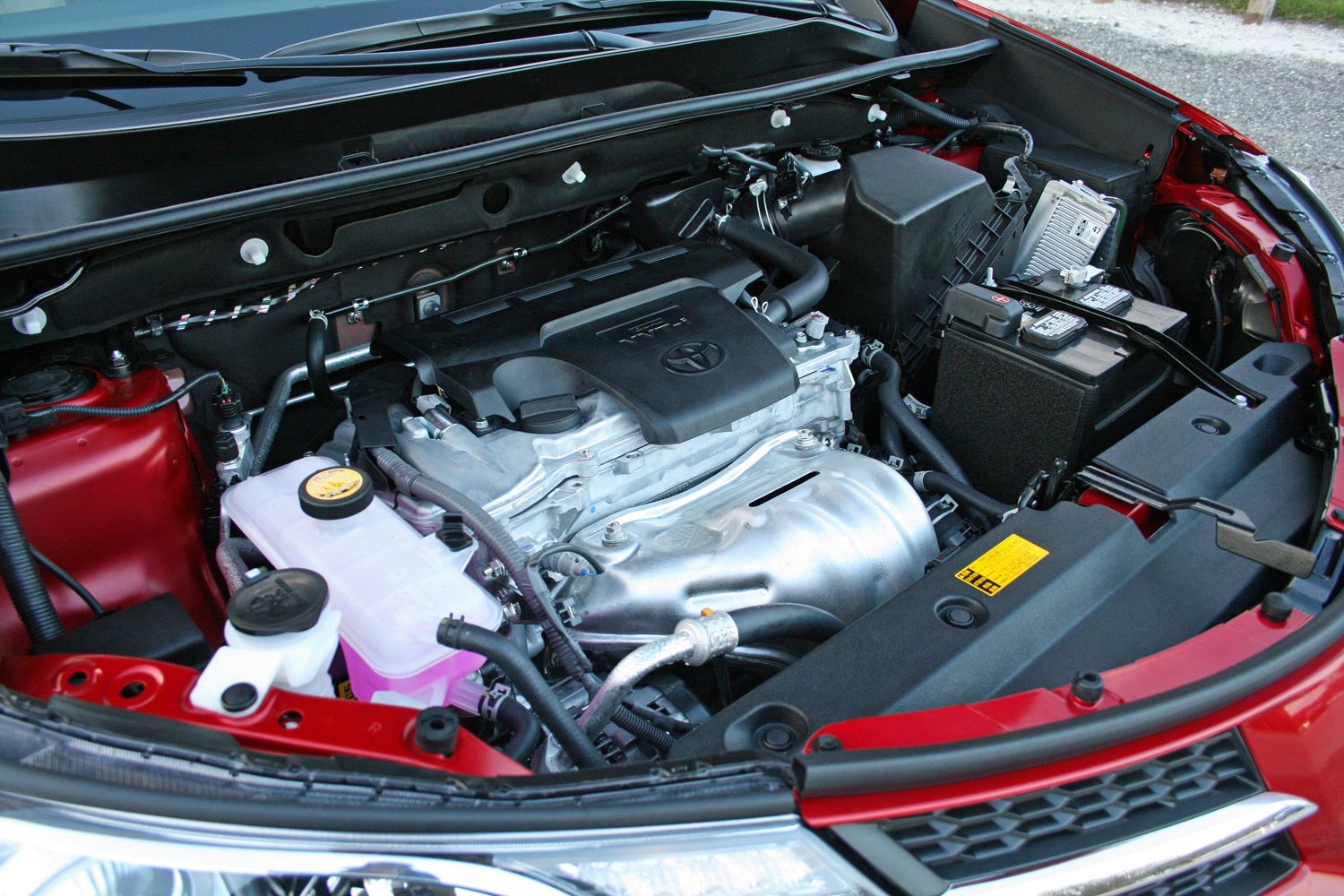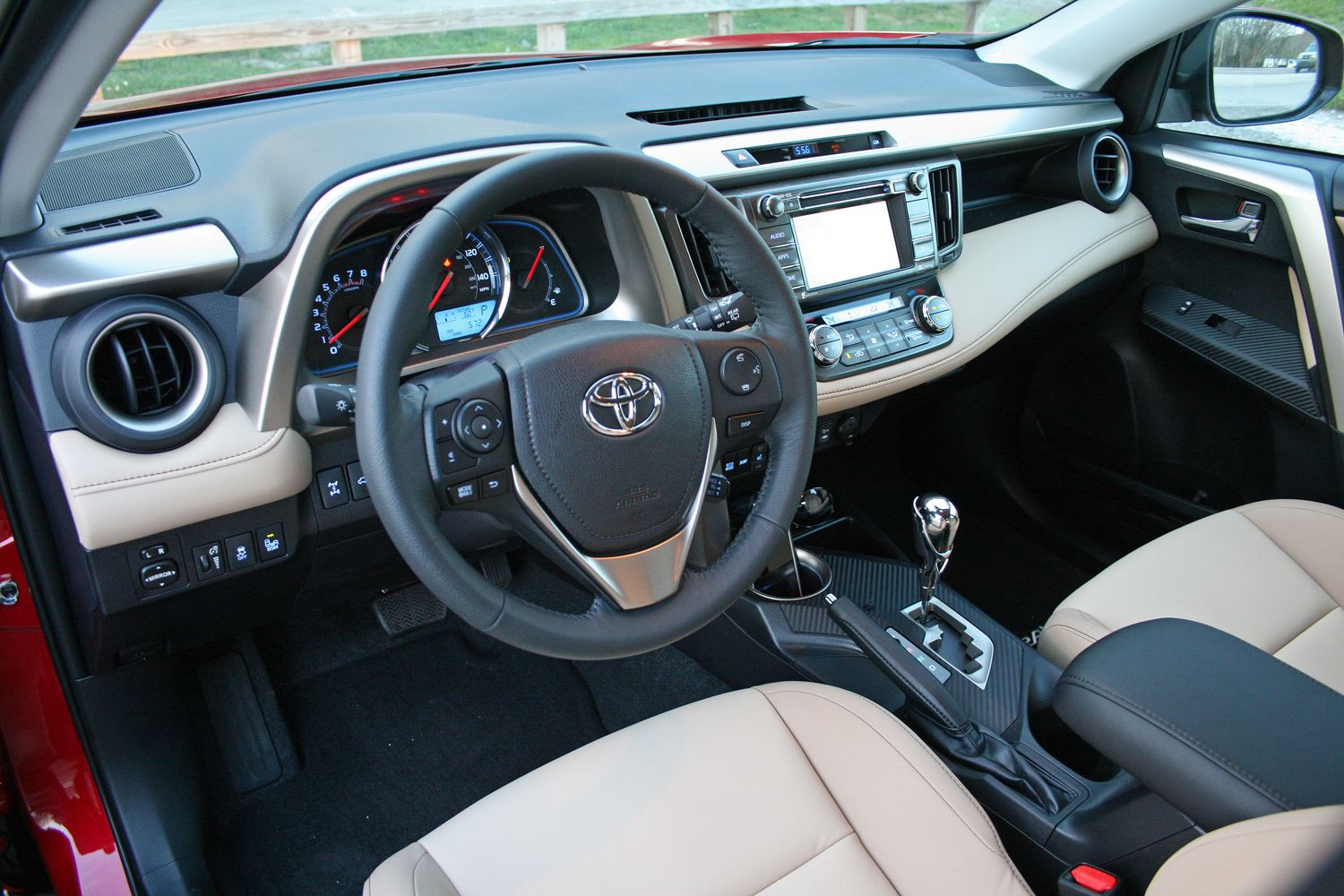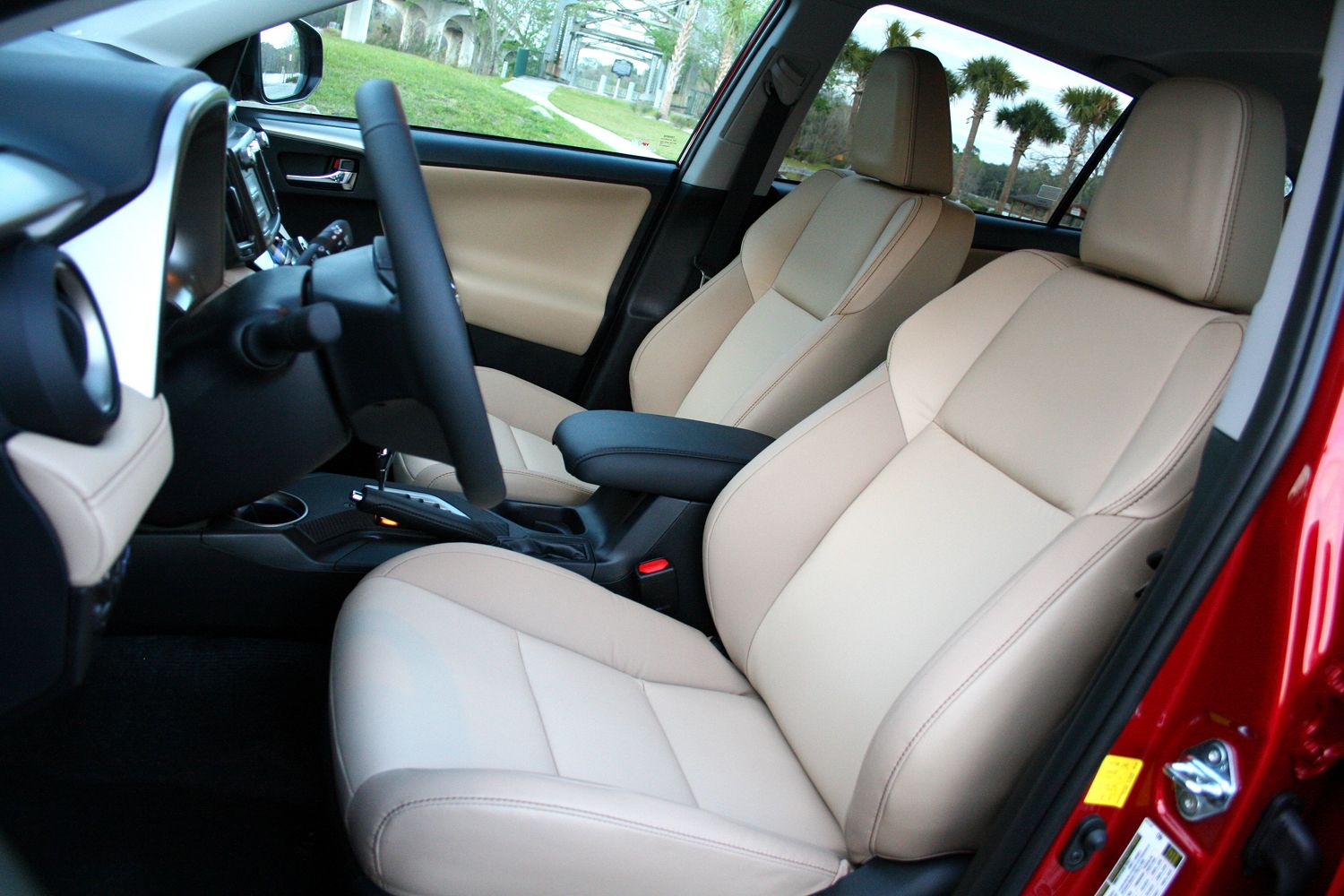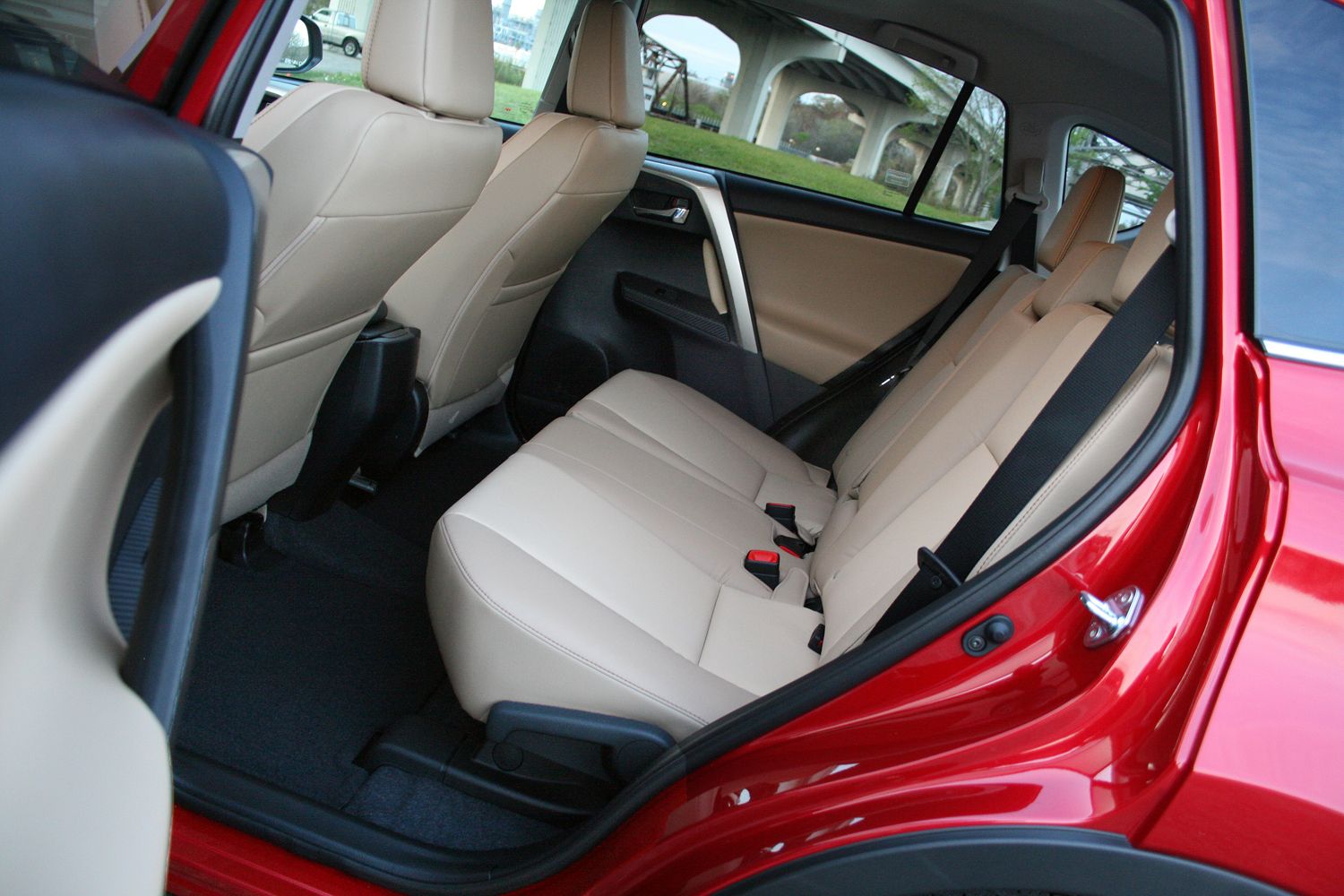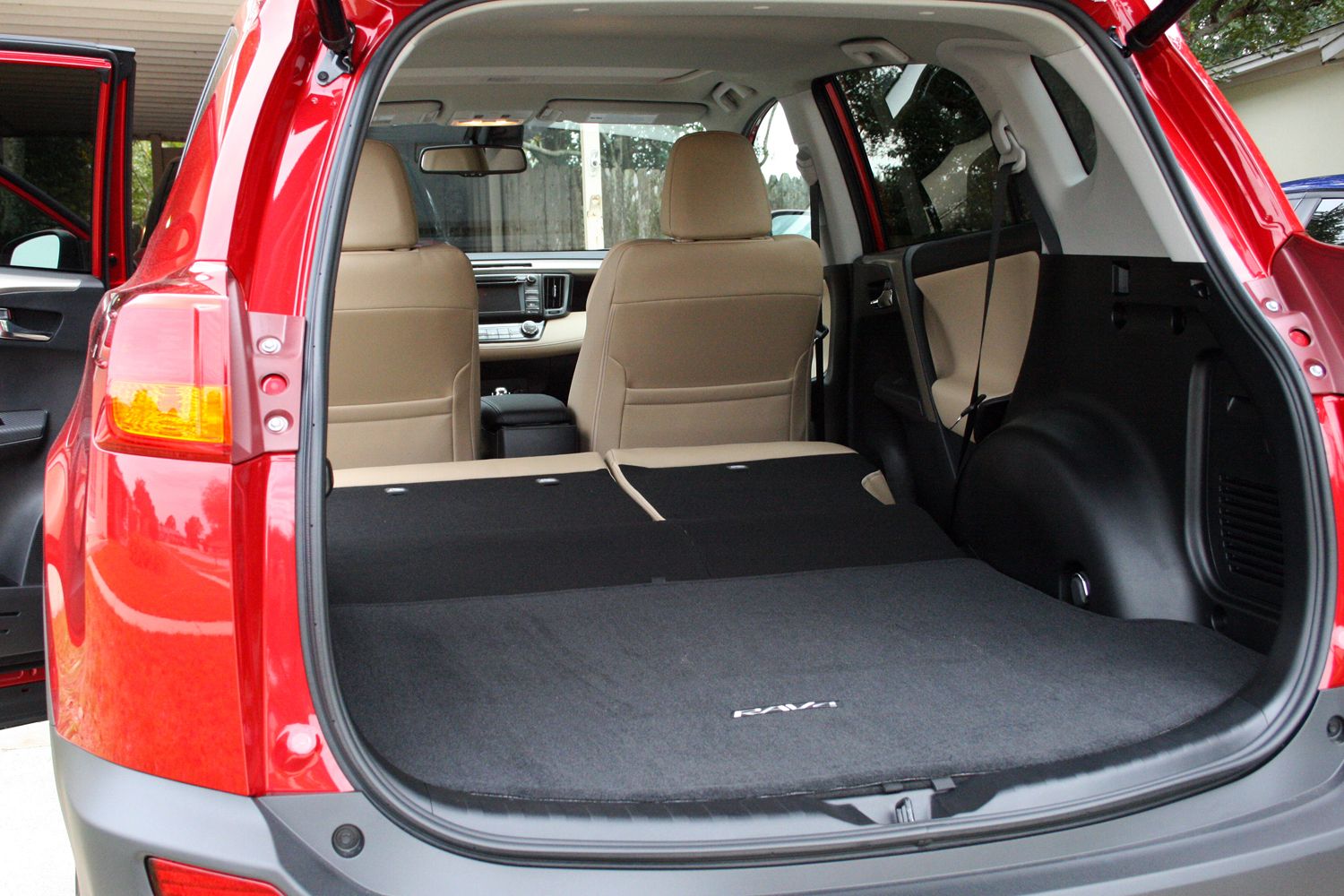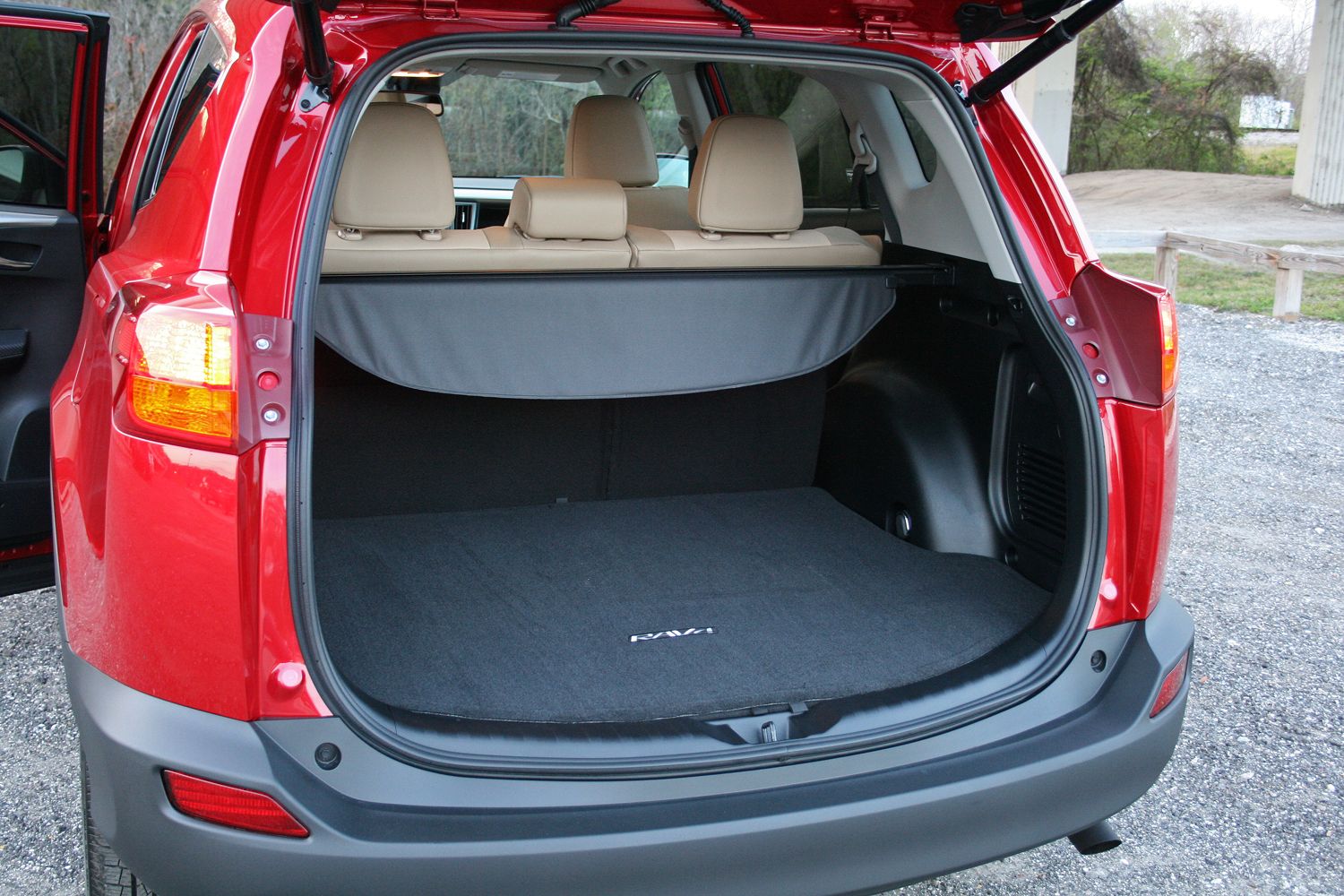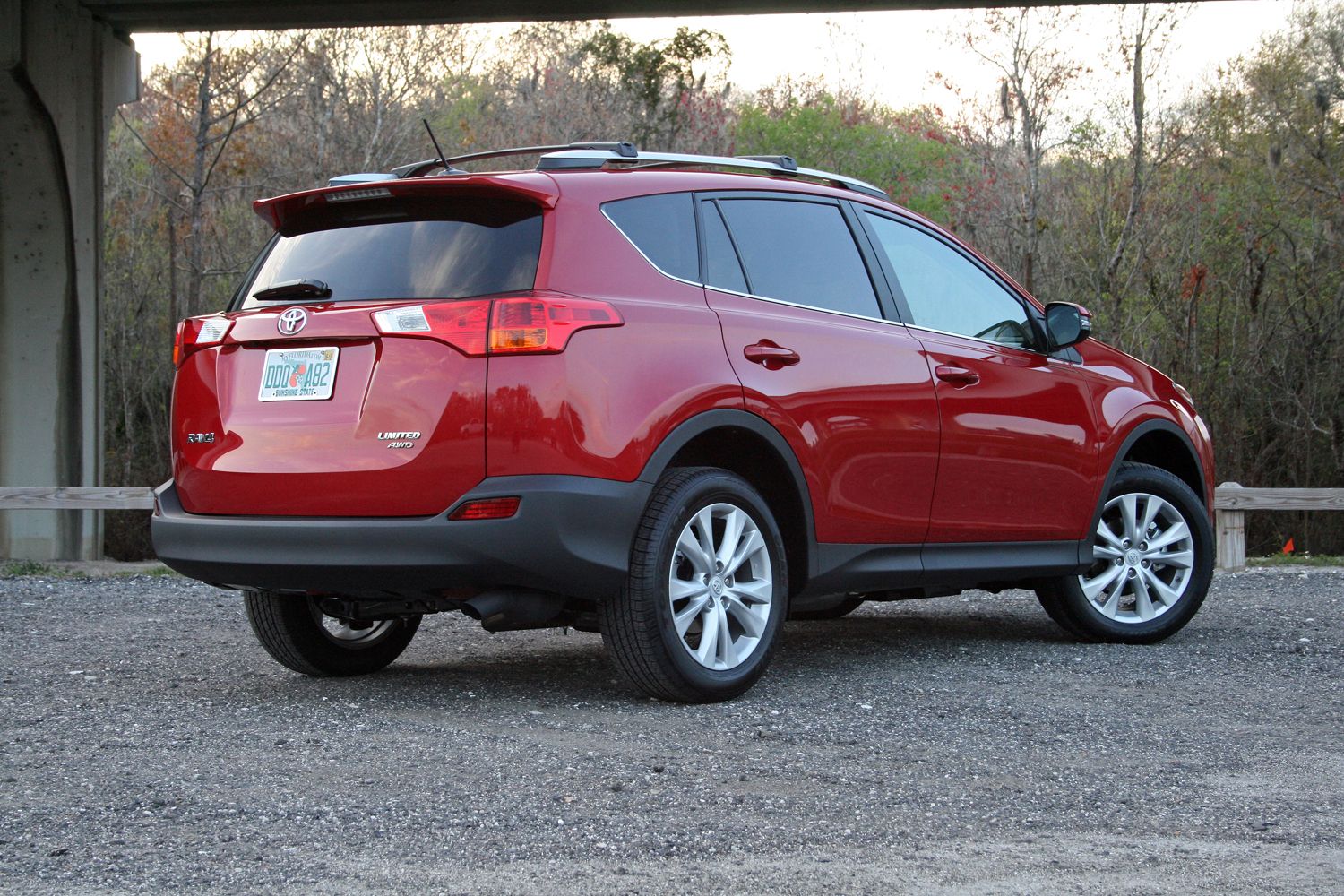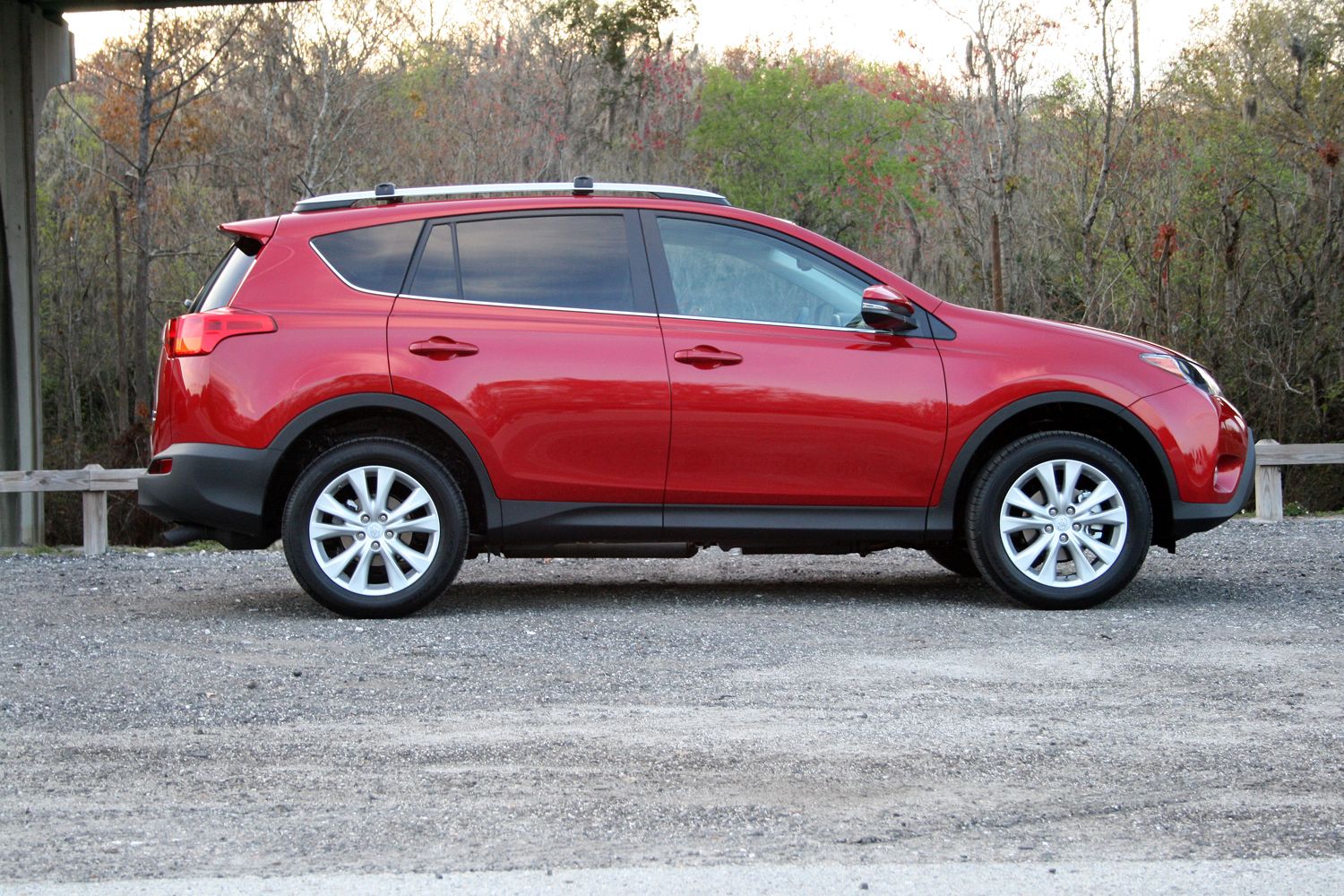Toyota’s funky little RAV4 has long been an enjoyable crossover with an embedded sense of sport wrapped in a hip package that appeals to the younger crowd. However, during its third generation spanning between 2005 though 2012, the RAV4 grew up a bit and somewhat lost that youthful spunk. Thankfully 2013 saw Toyota->ke88 return a more spry appearance to the five-seat crossover->ke288 with an updated design. Its overall footprint didn’t changed much, but refinement took big steps up market.
Things remain basically the same for 2015, with only a few minor changes to the RAV4’s option list. That’s not a negative thing, however, as the RAV4 proved to be a very competent people-mover and peppy ride. It screams practicality and family friendly, but still avoids the stereotype of a minivan.->ke1149 Its taller ride height gives it the ease of entry and exit of an SUV along with a folding rear bench that welcomes IKEA furniture with open spaces.
Click past the jump for the full review
toyota-rav4-driven
- Make: Toyota
- Model: toyota-rav4-driven
2015 Toyota RAV4 - Driven
- Make: Toyota
- Model: 2015 Toyota RAV4 - Driven
- Engine/Motor: inline-4
- Horsepower: 176
- Torque: 172
- Transmission: Six-Speed Auto
TopSeed Garage
Exterior
The outward appearance of the fourth generation RAV4 is unique one. Its front grille has its own, unmistakable shape to it that almost fall into the “love it or hate it” category. Personally, I like the look, especially with is grey bumper that gives the cute-ute a five o’clock shadow. That beard tails back along the rocker panels like mutton chops, arching over the wheel wells that house double-spoke 18-inch alloy wheels. The dark plastic continues around back and makes up the entire rear bumper. Looks are subjective, but I like this one.
The roofline gets a nine swoop to it, making the windshield and front side windows generously tall. Visibility is good, even towards the rear quarters. Even still, Toyota’s fantastic blind spot monitoring system came on my tester. It’s one of my favorite BSM systems on the market. As an optional extra, my RAV4 came with roof rack bars for more storage solutions. The vehicle’s overall low height means easy access to the stuff stored up top.
Interior
Once inside my Limited-spec RAV4, I was greeted with comfy leather seats with good support and power adjustments. The interior’s design takes after other Toyota products for a well-designed look. The dash features a padded shelf with French stitching for an added touch. The trim work consisted of plastic designed to look almost like brushed aluminum.
The controls and user interfaces are well-placed. The steering wheel has redundant controls that are easy to use while the main gauge cluster is an exercise in simplistic functionality. The large red needles make everything easy to read. The center section of the dash houses the Entune infotainment system, HVAC controls, and down below, the drive mode buttons, seat heaters, and audio input ports. A 12-volt power outlet is also included.
The Entune system carries over from other Toyota products, meaning it works well but takes some getting used to. The smallish screen in the RAV4 inevitably made type fonts small and harder to read at a glance. That’s especially true when in the triple-view mode. HVAC controls are likewise an exercise in simple functionality. It just works. Two knobs controls temperature while rocker switches control fan speed and mode. Dual zone temperature ensures the front seat occupants are both comfortable. Unfortunately, rear seat passengers must suffer without vents as my tester had no rear AC controls nor outlets for air.
Speaking of rear seats, two adults have no problems getting comfortable. That’s especially true thanks to reclining seatbacks. Add a third person to the mix, and things get rather cramped. Overall, however, accommodations inside the RAV4 proved to be rather comfortable.
Powertrain
Those curious in the RAV4 have only one engine choice, the 2.5-liter inline four-cylinder. The unit does provide adequate pick-up, though won’t be throwing anyone back in their seat. Horsepower is rated at 176 while torque is rated at 172 pound-feet. The sprint to 60 mph comes in at 8.2 seconds for my AWD tester.
Speaking of AWD, Toyota does give the option of the standard FWD platform or the optional AWD. Like I mentioned in the video above, the RAV4 AWD shouldn’t be mistaken for a Jeep or Range Rover in terms of off-road prowess, but it does offer a respectable amount of traction in inclement weather and in slippery situations. I managed some loose sand with no issues, though it wasn’t very deep.
The AWD system works by supplying the front wheels with power for the majority of driving situations, but offers torque to the rear axle when things are slippery. For those times when traction is an anticipated issue, the driver can lock in a 50/50 torque split between the axles for maximum traction. This feature only works up to 25 mph when it automatically disengages.
Despite having AWD, my tester returned its EPA-estimated combined rating. I averaged between 24.5 and 25 mpg regardless of how I drove – to a certain extent. I always found my average recovering to the aforementioned range.
Check out our review of the 2015 RAV4 in FWD here
Price
The 2015 RAV4 has a base price of $23,680. Customers have three trim levels to choose from: the base LE, the mid-range XLE, and the top-trim Limited. Checking the Limited option box sends the base price up to $29,850 before options. Now my tester came packed with options – some of which I’d happily trade for a lower MSRP. For instance, Toyota charges $160 for the chrome-tipped gear shifter and another $500 for the remote start – two options I could live without.
All told, my RAV4 totaled out to $33,629 including the $885 delivery fee.
Competition
Honda CR-V
The Honda CR-V has been the RAV4’s arch nemeses since the 1990s. Their similar size and four-cylinder power plants make them almost equals in the game. For 2015, the CR-V enjoys a mid-cycle refresh with updated looks inside and out. Comparatively speaking, the Honda is has a more mature look over the Toyota’s playful appearance.
Powering the CR-V is Honda’s 2.4-liter “Earth Dreams” four-cylinder making 185 horsepower and 181 pound-feet of torque. Unfortunately for Toyota, the CR-V outclasses the RAV4 in the EPA’s estimated mpg numbers. A CVT helps the CR-V achieve an estimated 27 mpg city, 34 mpg highway, and 29 mpg combined.
Prices start competitively at $23,320 and grows into the low $30,000 range.

Ford Escape
The Ford Escape is another solid crossover contender in the group. Completely redesigned for 2013, the Escape offers a rather stylish crossover contender that has a few tricks up its sleeve. Not only does it offer a panoramic sunroof, SYNC, and MyFord Touch, the Escape offers three engine options along with FWD and the optional AWD.
Those engines include the base 2.5-liter four-cylinder, the 1.6-liter EcoBoost four, and the top-trim 2.0-liter EcoBoost four. With horsepower ranging from 168 to 240 horses, the three engines bring more options to picky buyers.
Prices for the Ford start at $22,700 for the base S trim and grow to $29,100 for the top-spec Titanium edition. Of course, adding options jacks up the price.

Conclusion
The RAV4 proved to be a great, well-rounded crossover with plenty of interesting features and looks to set it apart. Its relatively compact size and great outward visibility make it an easy vehicle to drive, Though it could have used a bit more power under the hood, the four-cylinder does provide decent pickup and good gas mileage. Its AWD system is also praise-worthy, though not built for the Rubicon trail.
For someone looking for a decent all-rounder that gets okay gas mileage with cargo room to spare might find the RAV4 an attractive contender. Sure, there are other small crossovers out there, but Toyota has theirs sorted out and well put together.

